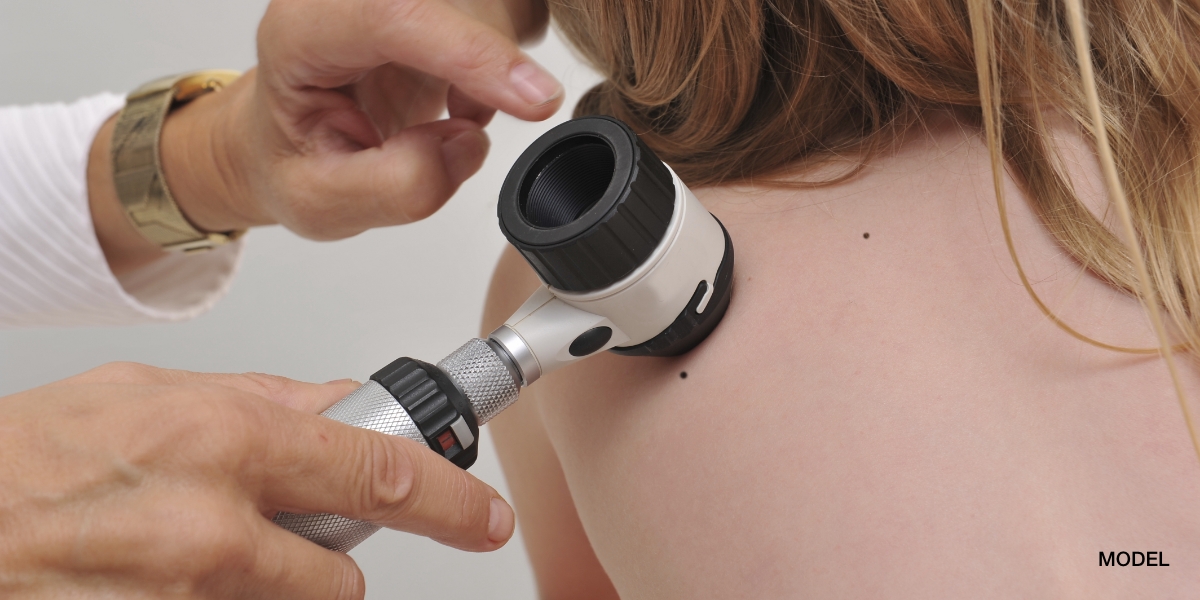Warts are painful, itchy, and often embarrassing skin growths that can appear anywhere on your body, most commonly on your hands, fingers, and feet. Skin warts are small, self-limited tumors caused by HPV (human papillomavirus) infection. Because there are over 100 different varieties of HPV, skin warts can come in many different shapes, sizes, and colors. Though some types of HPV can infect the genital and oral mucosa, causing large and sometimes cancerous masses, most types are responsible for common skin warts that are not associated with cancer. Common skin warts are generally classified as one of five types:
- Dome Shaped: as the name suggests, these warts appear as dome-shaped masses and are typically found on the backs of toes, fingers, and knees.
- Plantar: found on the sole of the foot, these are generally flat compared to other wart types but can feel deep and be quite painful.
- Flat (Plane): these often present in large numbers as small discolored bumps on the face and legs, though they can also appear on other parts of the body.
- Periungual: periungual warts appear as raised masses around and even under the finger and toe nails.
- Filiform: this type has a long single stalk and often appears on the face. Though common skin warts are harmless, they are considered to be contagious and can spread to other parts of your body through scratching and agitation.
There are several steps that patients can take to halt the spread of warts, before undergoing wart treatment. First and foremost, careful hand washing is strongly encouraged. You should vigorously wash your hands if you touch your wart, and never touch another area of your body until your hands have been thoroughly washed. You should also avoid walking around barefoot in public places, especially wet and warm locations such as the public showers at the gym or pool. Always wear rubber-soled flip-flops there to protect your feet from painful plantar warts.
Because warts can spread even if your skin touches something that has come into contact with a wart, you should always wear your own socks, shoes, and other articles of clothing, and never re-use someone’s used towel or razor. To prevent the growth of new warts, you should always use a bandage whenever you have a cut – no matter how small. Warts grow when the HPV virus infects small cuts, so a bandaged cut is your first line of defense against the growth of new warts.
Common skin warts can sometimes go away on their own without treatment, disappearing within 18 months, while others inexplicably remain. A number of treatments exist for the various types of warts, including both prescription and non-prescription salicylic acid preparations, and freezing methods. The problem with home treatments is, with all of the different strains of HPV, not all of them respond to the same types of treatment. In some cases, even similar warts on the same person in the same area can respond differently to the same treatment.
Dermatologists like Dr. Perri have several wart treatment options available at their disposal. One of your first wart treatment options may be an over-the-counter solution like Compound W. Its main ingredient is salicylic acid and can be purchased at many pharmacies. While it may be effective, Compound W can take up to 3 months to work, so many patients choose to see Dr. Perri for faster-acting wart treatment options. Cryotherapy, or cryosurgery as it is sometimes called, is a common wart treatment option. With cryotherapy, your wart is frozen off by spraying liquid nitrogen directly onto the wart. This procedure may need to be repeated in 2 to 4 weeks to remove the wart completely or for resistant warts patients may need to follow up monthly.
However, sometimes even after wart treatment, warts come back. Some warts can be stubborn, and appear to almost never go away. There are several reasons that warts may grow back. First, the wart may not have been entirely removed with the original wart treatment option, and it may continue growing. Second, if an incision was made to remove the wart, the incision may become reinfected with HPV, thus causing the growth of a new wart. It is important that you follow your dermatologist’s post-wart treatment instructions very carefully to prevent the return of any removed warts.
If you have additional questions about warts or have a concern regarding other skin conditions, contact our team today! Unsure if your insurance will cover your visit? Check out our insurance coverage page for a list of accepted insurance companies so you know beforehand if you’re covered.




